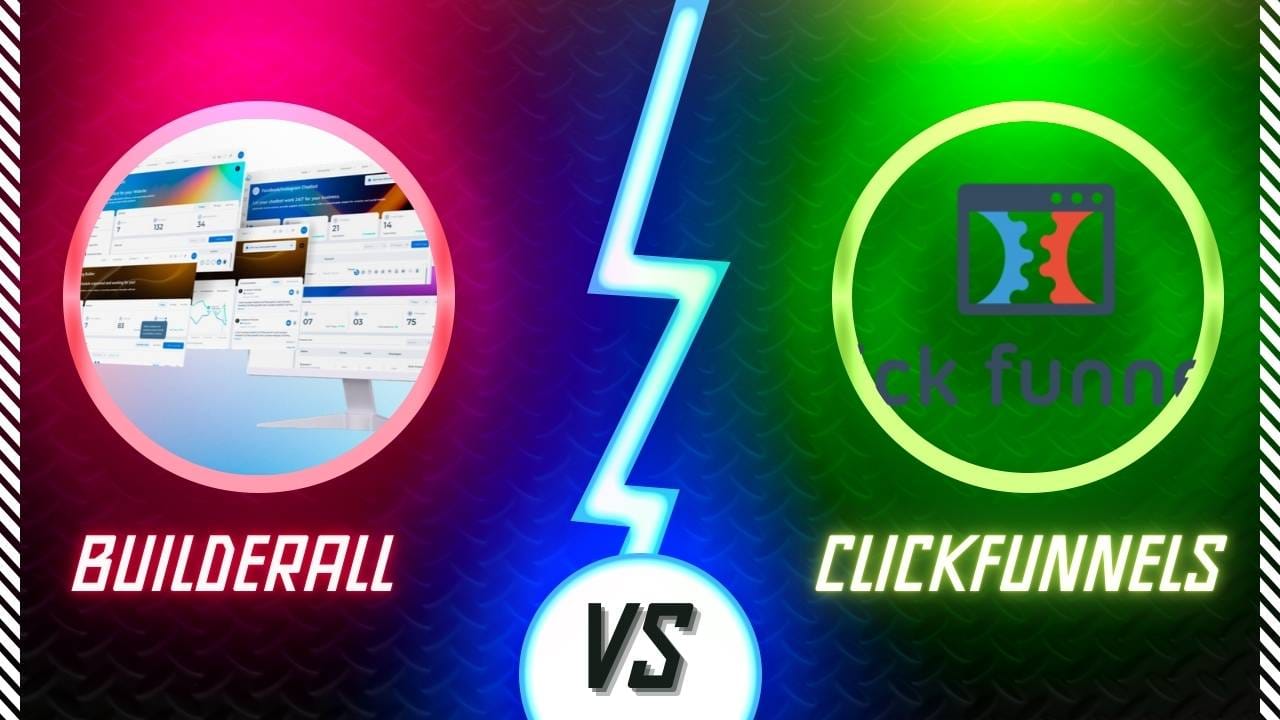Master how email marketing works to engage your audience, nurture leads, and drive sales. Start creating successful campaigns today.
Table of Contents
How Email Marketing Works: A Comprehensive Guide
Email marketing is a powerful digital marketing strategy that allows businesses to connect with their audience, nurture leads, and drive sales. This guide dives deep into how email marketing works, covering its components, benefits, and effective practices. By the end, you’ll have a clear understanding of how to use this tool effectively for your business.
What Is Email Marketing?
Email marketing involves sending targeted messages to a group of people through email. These messages may include promotional content, newsletters, updates, or transactional information. The primary goal is to engage the audience, build relationships, and convert prospects into loyal customers.
Why Is Email Marketing Important?
- Direct Communication: Unlike social media platforms, email provides a direct line to your audience’s inbox.
- Cost-Effective: Email marketing offers high returns on investment (ROI). According to studies, businesses earn $42 for every $1 spent on email marketing.
- Customizable and Scalable: You can tailor emails to suit individual preferences and scale campaigns as your business grows.
- Measurable Results: Analytics tools allow you to track open rates, click-through rates, and conversion rates, offering clear insights into your campaign’s success.
How Email Marketing Works: Step-by-Step Process
1. Building Your Email List
To get started, you need a list of email addresses. These should come from individuals who have willingly opted in to receive your emails. Methods to build an email list include:
- Sign-Up Forms: Place forms on your website, blog, or landing pages.
- Lead Magnets: Offer valuable resources like eBooks, discounts, or free trials in exchange for email addresses.
- Social Media Campaigns: Use social platforms to promote your newsletter or offer gated content.
2. Choosing the Right Email Marketing Tool
The success of your email campaigns heavily depends on the platform you use. Tools like GetResponse and Mailchimp are excellent choices. Both platforms offer free trials, allowing you to explore their features before committing.
GetResponse Highlights:
- Email automation and segmentation.
- Landing page builder.
- Robust analytics.
Mailchimp Highlights:
- User-friendly interface.
- Pre-designed email templates.
- Comprehensive analytics dashboard.
3. Creating Engaging Content
Your email content should align with your audience’s interests and needs. Follow these tips:
- Craft a Compelling Subject Line: Make it concise and intriguing to boost open rates.
- Personalize Messages: Use the recipient’s name and tailor content based on their preferences.
- Include a Clear Call-to-Action (CTA): Guide readers toward the desired action, such as visiting your website or completing a purchase.
- Optimize for Mobile Devices: Ensure emails are mobile-friendly, as over half of email opens occur on mobile devices.
4. Segmenting Your Audience
Segmentation involves dividing your email list into smaller groups based on specific criteria, such as:
- Demographics (age, location, gender).
- Purchase history.
- Email engagement levels.
By segmenting your audience, you can send more relevant and targeted emails, increasing engagement and conversions.
5. Setting Up Automated Campaigns
Automation saves time and ensures timely communication. Examples include:
- Welcome Emails: Automatically send a welcome message to new subscribers.
- Abandoned Cart Emails: Remind customers about items left in their cart.
- Follow-Up Emails: Engage users after they download content or attend a webinar.
Both GetResponse and Mailchimp offer powerful automation features to streamline these tasks.
6. Testing and Optimizing Campaigns
A/B testing allows you to experiment with different email elements, such as:
- Subject lines.
- Email design.
- CTAs.
Use analytics to measure performance and make data-driven decisions for improvement.
Benefits of Email Marketing
| Benefit | Description |
|---|---|
| High ROI | Cost-effective campaigns generate significant revenue. |
| Personalized Communication | Tailored messages improve engagement and customer satisfaction. |
| Increased Website Traffic | Direct readers to your website or landing pages. |
| Build Customer Loyalty | Regular emails keep your audience engaged and informed. |
| Measurable Results | Analytics provide insights to optimize future campaigns. |
Best Practices for Email Marketing
- Maintain a Clean List: Regularly remove inactive subscribers to maintain deliverability.
- Comply with Regulations: Adhere to laws like the CAN-SPAM Act and GDPR by including an unsubscribe link and obtaining consent.
- Use a Consistent Sending Schedule: Set expectations by sending emails at regular intervals.
- Keep Content Relevant: Focus on what’s valuable to your audience to reduce unsubscribes.
- Leverage Visuals: Use high-quality images and videos to enhance your message.
Comparing Top Email Marketing Tools
| Feature | GetResponse | Mailchimp |
|---|---|---|
| Automation Capabilities | Advanced workflows with detailed segmentation. | Intuitive automation for beginners and advanced users alike. |
| Analytics | Comprehensive reports and real-time data. | Detailed analytics with audience insights. |
| Templates | Customizable templates for various campaigns. | Wide range of pre-designed templates. |
| Free Trial Availability | Yes, free trial available. | Yes, free trial available. |
| Pricing | Flexible pricing plans for businesses of all sizes. | Affordable plans with pay-as-you-go options. |
Common Challenges and How to Overcome Them
| Challenge | Solution |
|---|---|
| Low Open Rates | Improve subject lines and send at optimal times. |
| High Unsubscribe Rates | Ensure content is relevant and avoid over-sending emails. |
| Spam Complaints | Use double opt-ins and maintain list hygiene. |
| Deliverability Issues | Use a reputable email marketing tool and avoid spam trigger words. |
Measuring Email Marketing Success
Track these key metrics to evaluate your campaigns:
- Open Rate: Percentage of recipients who open your email.
- Click-Through Rate (CTR): Percentage of recipients who click on links within your email.
- Conversion Rate: Percentage of users who complete the desired action.
- Bounce Rate: Percentage of emails that couldn’t be delivered.
- Subscriber Growth Rate: Measure how quickly your list is growing.
Conclusion
Email marketing is a versatile and powerful tool for engaging your audience, building relationships, and driving sales. By understanding how it works and leveraging tools like GetResponse and Mailchimp, you can create impactful campaigns that deliver measurable results. Start with a free trial of these platforms to explore their features and take your email marketing efforts to the next level.
With strategic planning and consistent effort, email marketing can become one of the most valuable components of your digital marketing arsenal.













